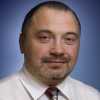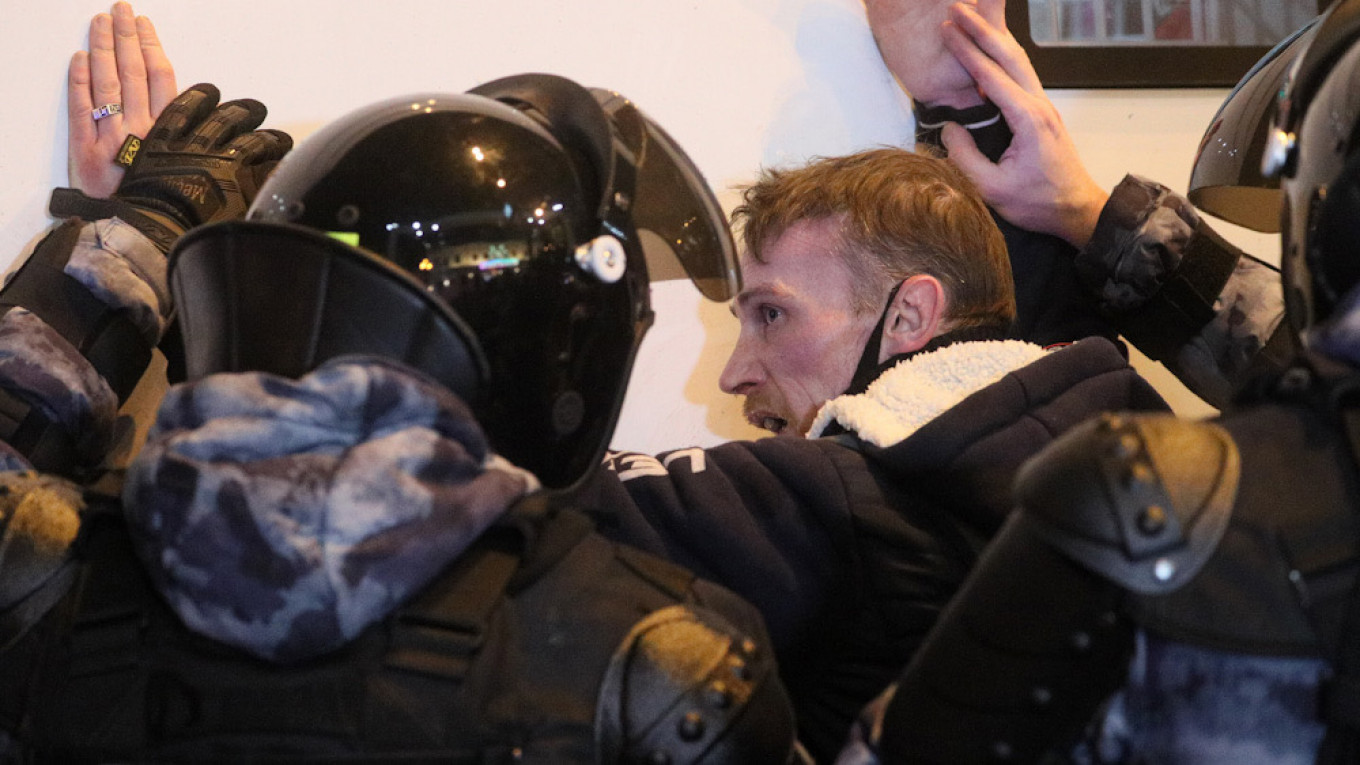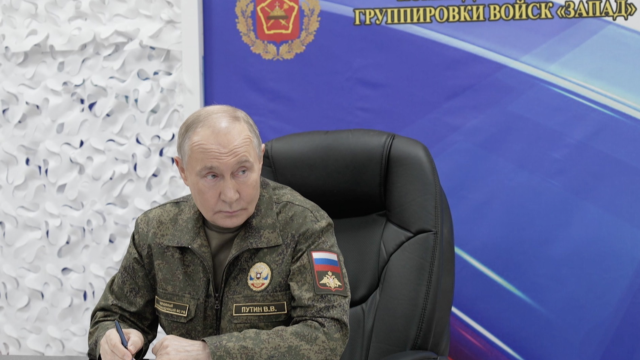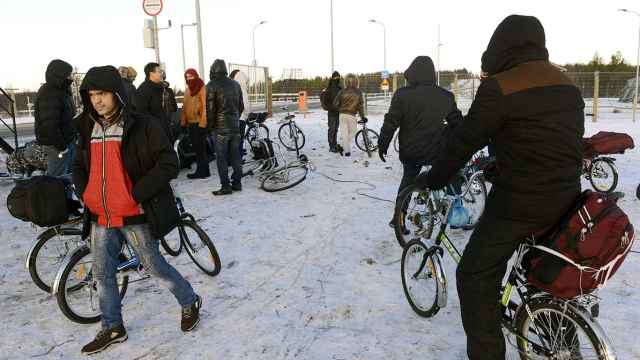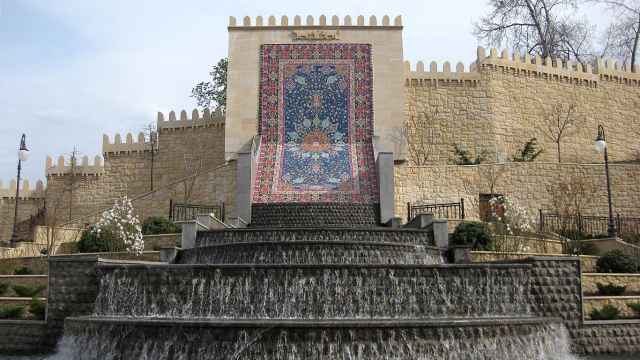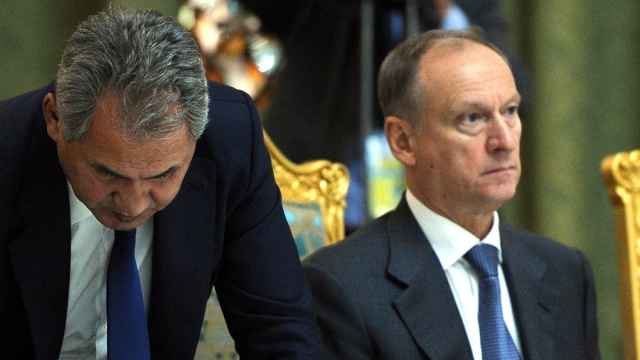Many now consider “Putin’s Palace” — that jailed opposition leader Alexei Navalny exposed in a YouTube video that has garnered more than 80 million views in a matter of days — as a symbol of the ruling regime, and the black-garbed riot police attacking protesters as the method by which the president plans to deal with dissent. The unauthorized demonstrations that were held in cities across Russia on Saturday saw not only the largest protest crowds in years, but also the harshest and cruelest response by the authorities.
The brutality of the riot police was not so much a response to any perceived threat from the peaceful protesters as it was an expression of the frantic fear of the Kremlin at Navalny’s decision to return to Russia and the release of his damning video exposé. And, unlike previous demonstrations, the police responded brutally not only in Moscow and St. Petersburg, but also in Novosibirsk, Voronezh, Yekaterinburg, Irkutsk, Kazan, Khabarovsk and, among others, Yakutsk, where protesters braved freezing temperatures of -50 degrees Celsius.
The authorities’ tactic of “beheading” the movement by detaining the local leaders of Navalny’s political headquarters in Moscow and other regions failed to stop the protests from materializing. As a result, leaders chose to detain nearly 3,000 protesters and write up official complaints against countless more — hoping to blackmail them into silence with the threat of prison time for a repeated offense.
Whether Putin ordered these harsh measures remains unclear. The siloviki whose excessive and chaotic behavior in arresting Navalny upon his return and who tackled and battered protesters might simply have been following the maxim of “better safe than sorry” in carrying out the National Leader’s wishes.
Navalny, of course, is the key figure in all this. He remains the only opposition politician in Russia capable of mobilizing 100,000 protesters nationwide on short notice. But these protests did not arise out of nowhere: they were the venting of feelings that had been building all last year and for which the unsuccessful poisoning attempt on Navalny’s life, his illegal arrest upon his return and, of course, the video exposé served as the catalyst. Thus, Navalny became the object around which widespread dissatisfaction with the president and ruling elite could crystallize.
Like a stone thrown into a stagnant swamp, Navalny’s return not only reactivated Russia’s political life, but also revealed a great deal about the country’s politics and condition as a whole. Two things are particularly noteworthy. The first is just how false the so-called “opposition” parties in the State Duma actually are.
Not only did they fail to initiate an investigation into Navalny’s poisoning or respond to the subsequent and extremely serious accusations he leveled against President Putin, but its deputies hurled invective at Navalny from the Duma rostrum.
It is more than a little depressing that of the 450 “people’s deputies” elected to that body, not even a handful of independent votes were heard, unlike the previous convocation. That, however, can be remedied.
The second is Russia’s lack of true law enforcement agencies.
In their place, the country has only repressive bodies such as National Guard troops and policemen who seize innocent civilians, judges who hand down sentences dictated from above and investigators and prosecutors who incriminate citizens for exercising their constitutional rights. At the same time, they see no wrong in assassination attempts against opposition politicians or in a leader building a palace financed by kickbacks and using the Federal Guard Service to protect it.
Both Navalny’s film and the harsh crackdown on protests across the country provoked a powerful international response.
The Kremlin itself fueled this reaction, first with the poisoning incident and then with Navalny’s arrest. The mass protests against Belarusian President Alexander Lukashenko — to whom Putin is increasingly being compared — also played a role. And, however vociferously Foreign Minister Sergei Lavrov and Presidential Spokesman Dmitry Peskov try to deny it, international opinion is already a major factor and one that is certain to grow.
What’s more, the protests themselves will continue, even weekly, according to Navalny’s organization. All this puts the Kremlin in an even more difficult position than Lukashenko because Russia’s elections are still ahead, and very soon. These developments seem to have come at a bad time for the political transformation that Putin launched one year ago — namely, enabling himself to remain in office indefinitely and without any significant accountability before the Russian people.
A Russian version of this article was first published by our partner outlet Vtimes.
A Message from The Moscow Times:
Dear readers,
We are facing unprecedented challenges. Russia's Prosecutor General's Office has designated The Moscow Times as an "undesirable" organization, criminalizing our work and putting our staff at risk of prosecution. This follows our earlier unjust labeling as a "foreign agent."
These actions are direct attempts to silence independent journalism in Russia. The authorities claim our work "discredits the decisions of the Russian leadership." We see things differently: we strive to provide accurate, unbiased reporting on Russia.
We, the journalists of The Moscow Times, refuse to be silenced. But to continue our work, we need your help.
Your support, no matter how small, makes a world of difference. If you can, please support us monthly starting from just $2. It's quick to set up, and every contribution makes a significant impact.
By supporting The Moscow Times, you're defending open, independent journalism in the face of repression. Thank you for standing with us.
Remind me later.

